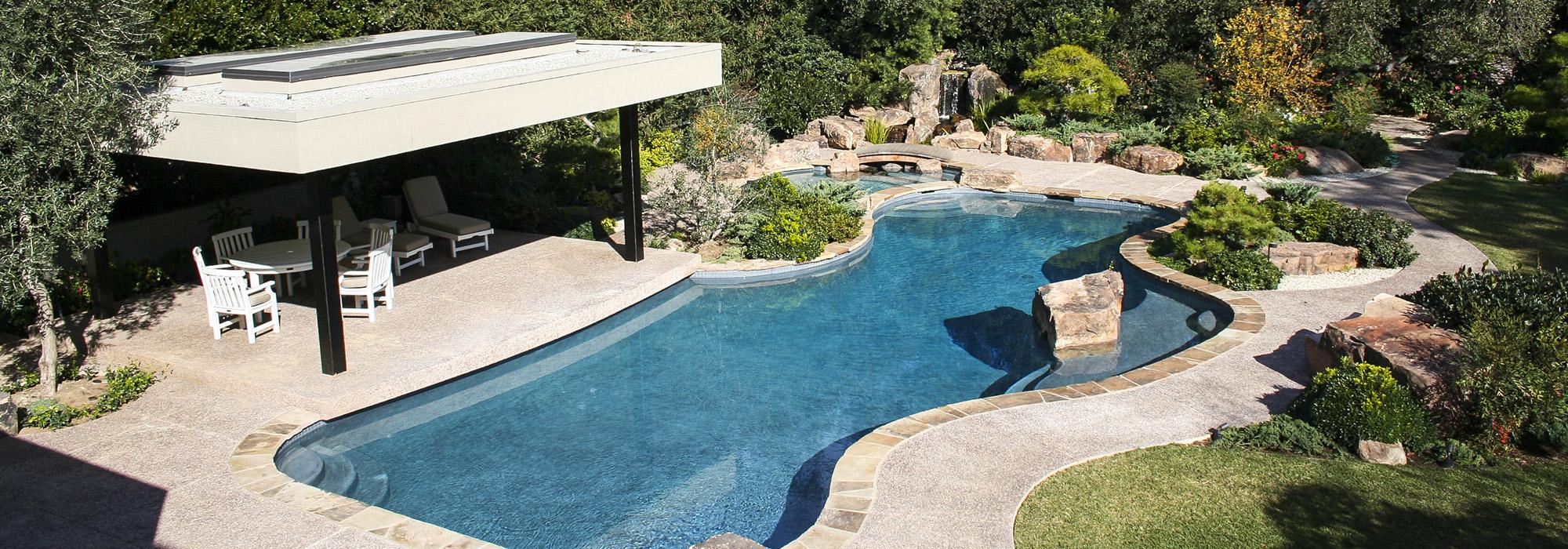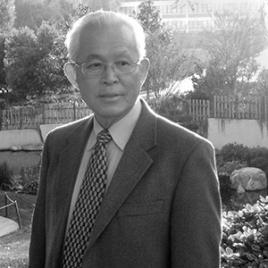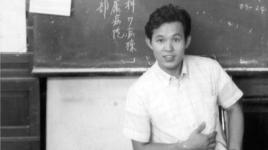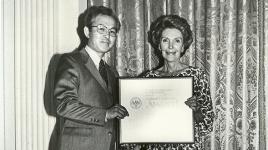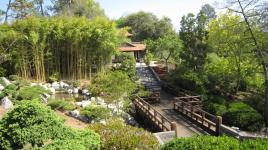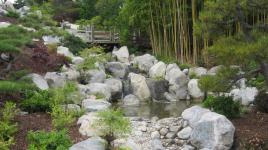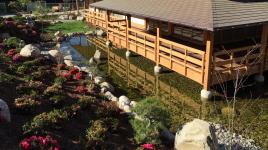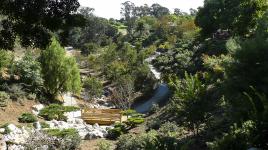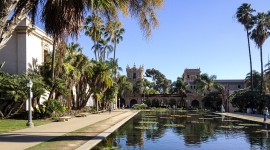Pioneer Information
Born in Osaka, Japan, Uesugi received a B.S. at the University of Osaka Prefecture in 1962, before studying landscape architecture at Kyoto University. He came to the United States in 1965 and received an M.L.A. from UC Berkeley in 1967, where he studied under Garrett Eckbo. From 1966 to 1967, he worked with Lawrence Halprin and with the firm Royston, Hanamoto, Beck & Abbey. He also worked with M. Paul Friedberg and Associates for a time, which significantly influenced his design philosophy. Uesugi returned to Japan in 1967 to design the landscape of the Japan Pavilion for the Japan World Exposition of 1970. He returned to the United Sates and founded Takeo Uesugi & Associates (TUA) in 1971. Among the firm’s important projects are the Philip Brett Memorial Peace Garden at UC Riverside; the Japanese Friendship Garden in San Diego’s Balboa Park; and the Huntington Library and Botanic Gardens in San Marino, California. Work on the James Irvine Garden at the Japanese American Cultural and Community Center in Los Angeles garnered the National Landscape Award from the American Association of Nurserymen in 1981. Uesugi ultimately received his Ph.D. in landscape architecture from Kyoto University and he taught at the California State Polytechnic University, Pomona, for over 30 years. He became a Fellow of the American Society of Landscape Architects in 2001 and received a lifetime achievement award at the International Conference on Japanese Gardens Outside of Japan in 2009. In 2010, he was awarded the Order of the Sacred Treasure from the Japanese government. Following his retirement, his practice was maintained by his son Keiji, also a landscape architect. Uesugi passed away in early 2016 after a battle with cancer.



